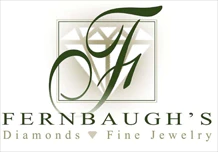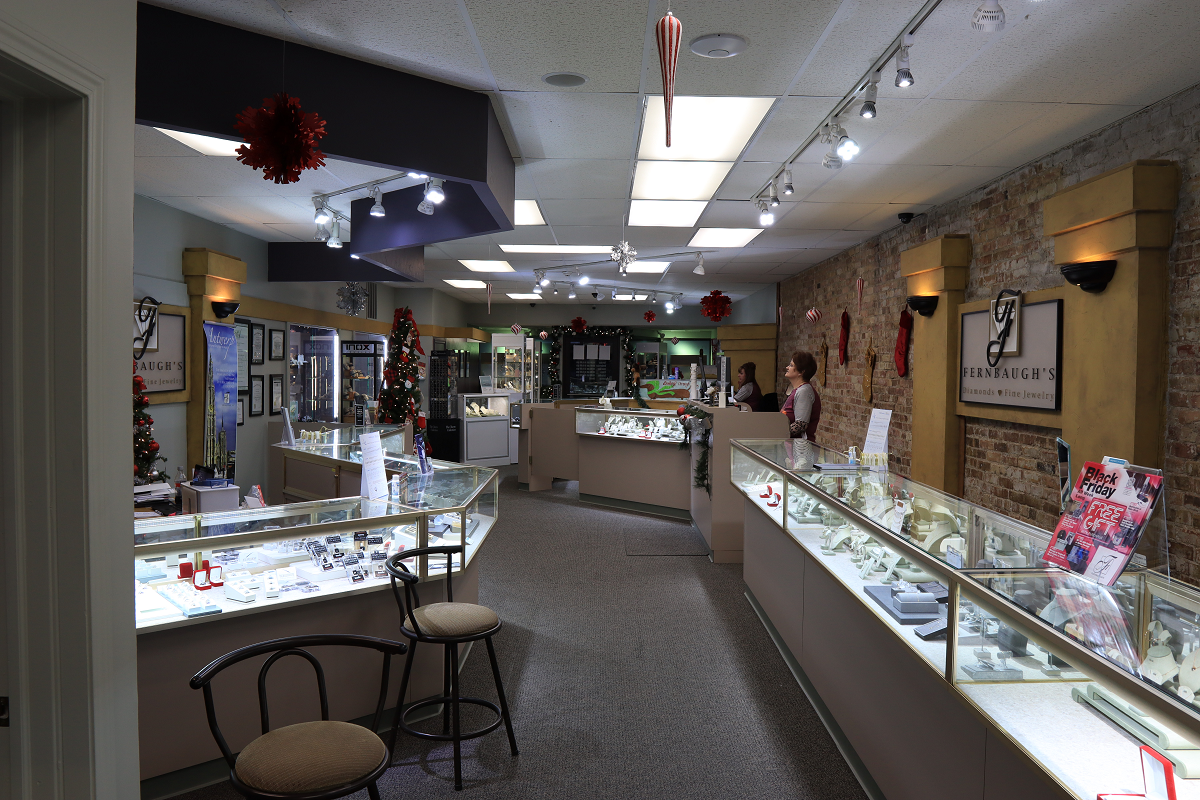By Morgan Garrison
August’s birthstone is Peridot, a beautiful green stone with a long and intriguing history. Mining of this gem may have started as early as 340 BCE. It’s also been confused with topaz and emerald through the years. Considering it didn’t have an official name until the end of the 18th century, it’s no wonder ancient and medieval peoples were often mistaken.

Peridot’s history starts off the coast of Egypt, on an island in the Red Sea once called Topazios. It was later renamed Zabargad (or St. John’s Island), but odds are you haven’t heard of it by any name. That’s exactly how the Ancient Egyptians would’ve liked it. According to legend, Topazios and it’s mines were a precious secret heavily guarded by the Egyptians.
Records date the mines to around 340-279 BCE and the gems mined here have been prized for centuries. Topazios was the source for some of the finest specimens in museums today. The largest known faceted peridot, weighing in at 310 carats, came from Topazios and is now on display at the Smithsonian Museum of Natural History.

From the time of the Crusades (1095-1219) up until World War I, Topazios was considered the source for the finest peridot. But mining operations have been started and abandoned throughout the years because of the harsh conditions on the island. Nicknamed the Island of Death, Topazios has no fresh water sources and very little flora and fauna so keeping miners hydrated and fed has always been an issue. Mining there has mostly stopped simply because it’s too expensive. Mining operations in Myanmar, Pakistan and the United States are simply easier and less expensive to run.
The name of the island is believed to be the source of the name Topaz, which explains why peridot has often been mistaken for that gem. But how was it confused for emerald? The island has produced large gems with pure, rich green color which closely resembles that of an emerald. Some historians argue that Cleopatra’s famous emerald collection may have actually been peridot from Topazios. Considering it’s location, this theory holds up.

So where did the name Peridot come from? It is derived from the Arabic word “faridat” which means “gem”. It’s a member of the mineral family Olivine so named for its color which, according to Pliny the Elder, “resembles that of fresh [olive] oil.” The name Olivine was coined by mineralogist A.G. Werner in the 1790s. The English adopted that name for the gem, but the French called it peridot. The majority of peridot on the market from the 18th-20th centuries was being cut in France so the French name stuck. Officially, “Peridot” is the name for the gemstone and “Olivine” is the name for the mineral.
It’s color is another fascinating aspect of peridot. Unlike many other gems whose color comes from trace elements like iron, peridot’s green color occurs naturally. The finest peridot is a pure grass green without any hints of yellow or brown. This pure color tends to appear in gems 10 carats or greater. Most peridot on the market today is yellowish green to greenish yellow.

Today, peridot is mostly being mined in Asia and the United States. In Myanmar, it’s possible to find loose peridot crystals in crevices in the rock near the gem city of Mogok. Mines in Pakistan are located in the Himalayan mountains. Here in the US, peridot is mined in Arizona but it has also been found in Hawaii. Oddly enough, peridot has even been found in space. Though most of it isn’t gem quality, it has come to earth in meteorites, and scientists found traces of it in 2005 in comet dust retrieved by the Stardust space probe.
As far as jewelry goes, peridot isn’t recommended for 24/7/365 wear in a ring as it’s a softer gem. Measuring a 6.5-7 on the Mohs scale, peridot is vulnerable to scratching, thermal shock, and can even be damaged by long term exposure to acid perspiration. It’s best to handle peridot with care and clean it only with a soft brush, mild soap, and warm water. Don’t let this deter you from putting peridot in a ring, you certainly can, just make sure not to wear it every day and especially not when you’re doing hard work with your hands. To be fair, we wouldn’t recommend you wear any rings while you’re doing hard work with your hands.
In addition to our staple pieces like our “This is Us” and stackable ring collections, we have two brand new peridot pieces here at Fernbaugh’s that we handpicked at the Summer Jewelry show back in July.
First up is this gorgeous peridot and diamond pendant. Set in sterling silver, a halo of diamonds surrounds an oval checkerboard cut peridot. The pendant slides on a 16 to 18 inch adjustable chain. The stone itself is a beautiful example of an eye-clean lighter colored peridot.


If you’re looking for an extra special piece, check out this peridot and diamond ring. The oval cut stone in this ring is the quintessential rich yellowish green color. The setting is white gold and there are 4 round diamonds on either side of the shank.


If you have an August birthday and think you don’t like your birthstone, I hope that I’ve convinced you to take a second look. The bright green color is perfect to represent the height of summer.
Sources:
https://www.gia.edu/birthstones/august-birthstones
https://www.gia.edu/peridot/gem-overview
https://www.gia.edu/peridot-quality-factor
https://www.gia.edu/doc/Spring-1981-Gems-Gemology-Zabargad-Peridot-Island-Red-Sea.pdf



